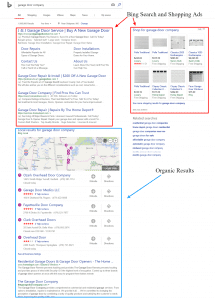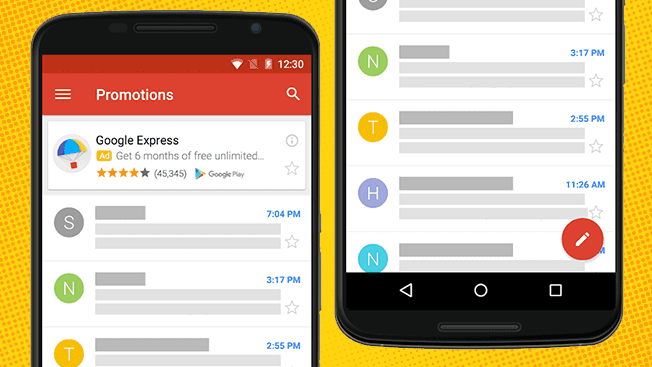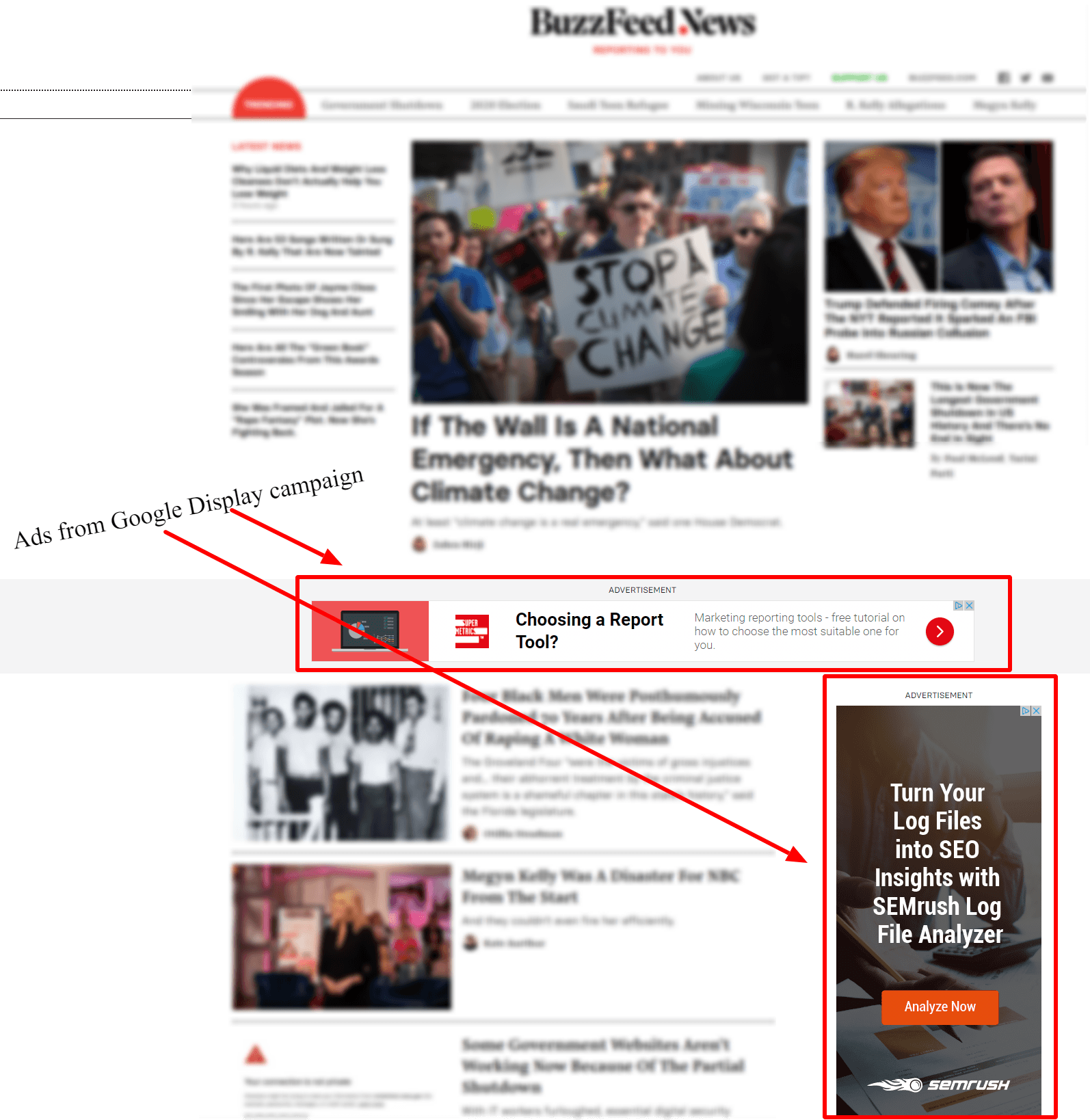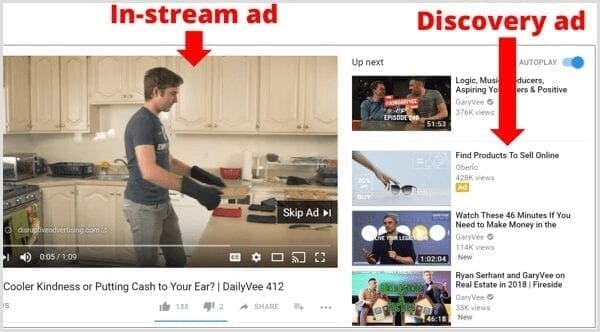
In today’s digital marketing world, Pay-per-click advertising, also PPC, is fast becoming a hot topic. This particular type of ad campaign utilises many aspects of advertising such as copywriting, data analytics, marketing strategy and even artificial intelligence like chatbots. We try to establish the importance of PPC as a digital marketing service, why it’s so popular and how to use it effectively in a digital marketing campaign.
PPC or ‘Pay-per-click’ is an online internet marketing model that is designed to drive intense targeted traffic to websites. As an advertiser using PPC, you are expected to pay a fee for every time a person clicks your ads. As its name suggest, with PPC, you are basically paying per click. In a nutshell, advertisers who use PPC do so to bypass the rigors of generating traffic through organic means such as SEO.
The idea behind PPC is simple. Advertisers pay a predetermined fee every time an internet user clicks on their PPC ad. This type of marketing is straightforward: you pay for site visits. It’s that easy. However, compared to other forms of internet marketing, PPC is subject to high cost-per-clicks which depend on a number of variables embedded in your marketing campaign.
Let us explain…
To understand the workings of a PPC campaign, one must first understand its purpose. Advertisers take on PPC campaigns to achieve one goal. In the realm of digital advertising, this goal is the most important of all things: conversions.
Conversion goals differ with the advertiser. That being said, making conversions boils down to two things: generating more leads and/or convincing customers to purchase what you sell. With PPC, conversions are sealed pretty fast; and this is very apparent in its advertising process.
Before a PPC ad is launched, advertisers must first select specific keywords that cater to their business needs. These keywords are stringed to user search queries; and are used to formulate ads that target these users in search of a solution to their problems. In other words, when a person searches for specific terms (your keywords), if your PPC campaign is competitive enough, it will appear at the top of their search engine results page. PPC ads’ top placement ensures maximum visibility to targeted internet users in need of your products or services.
PPC has evolved so well, over the years, that with a limited budget, you can set up PPC campaigns on numerous advertising platforms such as Facebook, Twitter, and Instagram. That being said, PPC is a still heavily tethered to two major platforms which are search engines: Google and Bing.
So how do these giant PPC platforms compare with one another?
Analysing a broader classification of ads gives an insight into how PPC ads operate and function. The following are the major types of ads, Google and Bing ads included:

As aforementioned, search engine ads are the strongest forms of PPC ads. This category is owned by the Google and Bing networks. With search ads, you choose keywords that relate to and explain the descriptions of your product or service. Google or Bing, depending on your preference, then group advertisers’ keywords into an auction pool with numerous other active adverting campaigns
You then have to navigate the auction and place strong bids to get your ads recognised. After sorting out your bids, your PPC ad will be placed at top position on the search results page.
This is a typical Search ads page
As the image suggests, an average Google and Bing search page may have upwards of 4 ad spots, reaching up to 6 or 7. The right side column is kept clear of text-based ads and is reserved for shopping ads and information panels such as Yelp listing.

Similar to display ads, mobile ads are pasted everywhere on your mobile device. You see them a lot, somewhere in your chrome browser, in an app marketplace or in the apps themselves. Mobile ads can take any form such as text, image and video. They can also take any shape ranging from small sized ads to full-screen pop-up ads.
Google owns a majority of the mobile ads market, having a target pool of 2 billion+ monthly active Android users. Bing cannot compete as much as its mobile phone production and service has been ceased. Still, Bing poses good competition for Google as it can reach a number of users using its search engine on their phones.
Many mobile ads are used to advertise apps or mobile games; however, they can be channelled for other purposes as well. Google continues to make moderations to mobile ads. Today, you can find interactive mobile ads within apps.

Compared to PPC and other ad types, email ads are relatively new. In fact, these ads are new marketing weaponry within Google and Bing arsenal. Email ads appear within Gmail and Outlook and are often shown in promoted folders within your inbox. Advertisers can now show their images and text-based email ads on different email platforms. Seeing as email marketing is a strong form of advertising, this almost always guarantees high ROI.

Much cheaper than PPC ads, display ads are image-type ads that appear on websites within the Google, Bing, Yahoo and similar partner networks. Display ads can take any shape, with some not requiring images. These display ads are within the website owner’s control, and are often supervised by search engines or the platform they are on, such as Instagram, Twitter or Facebook.
a. Facebook ads: This is a form of social network display advertising that focuses solely on Facebook users. With as low as $5, anyone can run Facebook ads; however numerous options have to be enabled in order to reach targeted users. Google ads trump Facebook ads in the sense that it helps the advertiser find new customers almost immediately.
b. Instagram ads: There is no doubt that Instagram is pioneering the social network advertising niche. With over 1 billion monthly active users on the platform, Instagram ads reach customers pretty fast and easy. The fact that Instagram ads appear like any regular posts makes them easy for internet users to interact with.
That being said, Google display ads still lead the pack. No surprise here: Google display network covers 2 million websites worldwide. We believe the Bing display network is not far behind either.
Unlike PPC ads where keywords are the major targeting factor, display ads combine the use of keywords and specific attributes of people being targeted, i.e. people interested in what the business offers. A typical display ad makes use of:
• Demographics such as location, age, gender.
• Topics of interest such as user search preference
• Re-marketing: a new way of targeting people who have already interacted with your website.

This is a type of display ads available to advertisers with a Google ad account. Shopping ads usually include concise information about a product such as that product’s image, price, brand and merchant identity. Shopping ads are targeted at people actively searching for products similar to yours.
Shopping ads are hard to not see. Not only do they appear in Google’s standard search results page, they also appear on the shopping tabs of various other partner websites such as YouTube. Google shopping ads are suitable for websites with any sized catalog of products, making them super competitive.

Ever since Google acquired YouTube in 2006, it has gleaned a majority of the ad share in the internet marketing industry. In fact, YouTube ads are one of the reasons Google trumps Bing in all aspects of advertising. Boasting over 2 billion active monthly users, YouTube had grown into the world’s second largest search network, second only to (you guessed it) Google.
YouTube ads take two forms:
• In-stream ads: these are the ads that play for about 30 seconds before and during a YouTube video.
• Discovery ads: These YouTube ads appear alongside suggested related videos. They are labelled ‘sponsored’.
Boasting 30 million daily active users watching over 5 billion videos daily, with an average viewing session of 40 minutes; it’s hard to see YouTube knocked off its perch as a marketing giant ever.
PPC and SEO are often linked, but these marketing strategies are very different in execution. Pay-per-click (PPC) advertising is basically payment for clicks. Search Engine Optimisation (SEO), on the other hand, is more organic and requires website owners to create content around certain keywords.
The pros of SEO are plenty, as it helps brand establish online reputations; helps build connection with audience and has great ROI in the long term. The downside is that it takes a lot of time, energy and effort for an SEO campaign to really take off.
PPC advertising, however, gives brands instant recognition on the internet. It targets customers who need what you offer without the need for long-term grooming of clients. PPC on Google or Bing platforms also have the potential at increasing your SEO rankings if you consistently run ads, since you’re sending relevant traffic to your website, which Google and Bing pickup on. This isn’t a guarantee but by being a very accessible marketing option, PPC is the obvious choice for many new startups and large companies. (There’s a reason both Walmart and Amazon run ads even though they have ridiculous SEO )
Both PPC and SEO are good marketing strategies. But if you don’t have the time , patience, or skills to handle the complications of SEO, it’s advisable to hire a PPC agency.
Due to the delicate nature of PPC advertising, many small businesses prefer to hire agencies or freelancers to manage their campaigns. Yes, of course, PPC advertising has a small learning curve and anyone can get to grip with its methods. The fear, however, is that with PPC, there is no room for error. A simple omission of a setting or option in a PPC campaign can cause advertisers to lose hundreds and thousands of dollars.
Not only that; launching a PPC advertising campaign without professional supervision can leave you frustrated. Sometimes, you may misunderstand certain filters and options that are needed for your ads to generate tangible interaction from internet users. Without expert help, it may take long days, weeks or months to rectify these issues.
As a result, most small business owners prefer to outsource their PPC advertising campaigns to experts who set up the whole process and manage it day to day. This way, business owners can eliminate overspending and can direct their attention to factors within their control.
What’s more: a lot of PPC agencies don’t charge much, compared to hiring full-time marketing employee that may become complacent over time.
Request Your Free Consultation
Please find a time below, call or text us anytime for your free consultation. You can also use the “Schedule A Call” button to skip a step and grab a spot on our Calendly calendar.
Office hours are currently Monday – Friday 09:00a – 06:00p CST
We look forward to speaking with you!
~MDM PPC